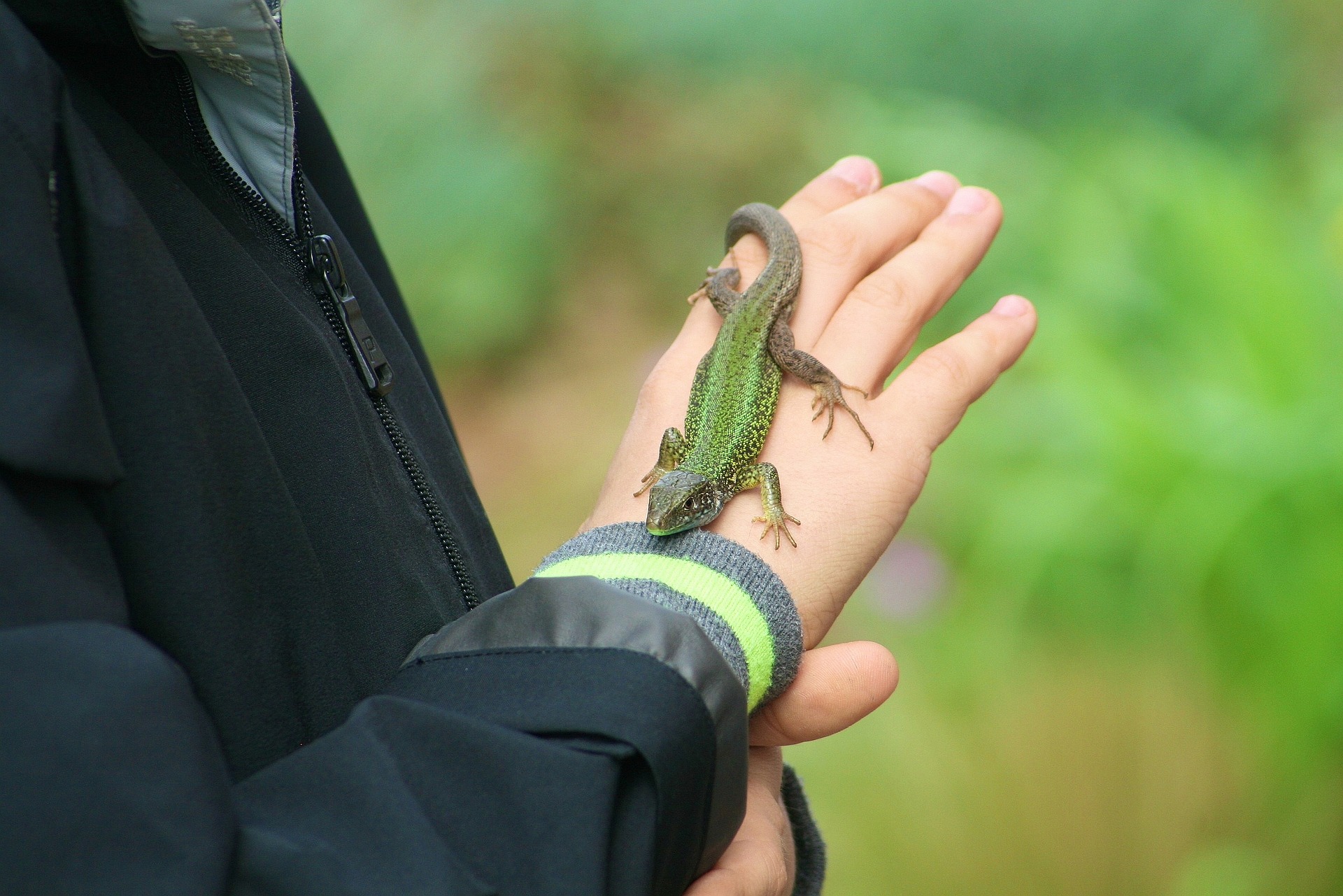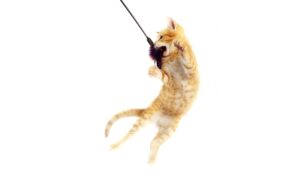Recap, Musings on Growing Reptile Interest
John Mack //January 8, 2020//
As the days grow short and the nights grow long, as the Christmas lights start popping up across rooftops and as holiday shoppers start hunting for that perfect gift, it’s high time that those of us in the pet industry raise a well-earned glass in celebration. Here at Reptiles by Mack, 2019 held an outright explosion in animal sales, eclipsing the successes of last year. Each day, we see emails of new stores opening, new products coming available and new innovations throughout our industry. Heading into 2020, there seems to be no sign of us stopping!
Of course, much of this has to do with the relatively strong economy; more disposable income in the hands of consumers means an increased spending on our beloved pets. However, much of the expansion in sales can also be attributed to younger generations. Many millennials and Gen Z individuals have chosen to expand beyond the familiar cats and dogs, finding ways to express their individuality through their pets. And, as part of their identity display, specialty caging, housing and decoration continue to provide unique sales points to relatively younger buyers, eager to turn a terrarium into Tattooine or an aquarium into Bikini Bottom.
Shelby Stensrud, associate brand manager for Segrest Farms, sees this trend continuing into 2020, coupled with an ecological bent. Stensrud notes that animals with a “lineage” or otherwise tied to conservation efforts have grown in popularity, with “more informed hobbyists and retailers than ever before.”
“Customers often lean towards purchasing something that they feel are a part of a bigger picture,” Shelby continues. “Each category [of pets] has species with their own unique story to be told, leaving the door open for retailers.” However, Stensrud seconds our own observations on the new horizons provided in unique habitation, noting the “innovation to create habitats with more usable space and enrichment options, especially in the small animal and reptile categories, where those animals are now being incorporated as a family pet.”
Loren Leigh, founder and owner of LLLReptile, shares Stensrud’s optimism as he looks back on 2019. Leigh notes that 2019 to have been a “really great year for the pet trade” with “interest in reptiles expanding more and more” from the early novice reptile owner up through the advanced hobbyist. Leigh attributes much of 2019’s success to the expansion of breeding efforts, both in terms of variety of species, morphs and colorations, and in overall number of reptiles available. He notes that “breeders have worked hard to not only produce more animals, more color and pattern options, but to make their availability yearlong,” thus avoiding seasonally based sales and ensuring that feeder and supply sales remain steady throughout the year.
However, Leigh does note that availability remains one of his major concerns as 2020 opens. “Demand is growing more and more,” he states, “and we see more stores getting into the reptile segment. It is not an easy animal to quickly produce, and many times we just do not have enough to come close to demand. The positive in this is that we are pushing to breed more, but for now we are just way behind the need as an industry.” Leigh also observes that legislation remains an area for continued work. Despite PIJAC’s efforts within the legislative sphere, “Many do not understand what we do and how amazing reptile ownership can be; year after year, this [overlegislation] seems to be our hobby’s biggest hurdle.”
Despite this, Leigh is keen to note several areas of growth within the so-called “exotics” sector. “I think the segments I really see growing the most are frogs/toads, insects/arachnids and chameleons,” he observes. “All three have seen huge growth in 2019, and I do not see that slowing in to 2020. Joe Hiduke, sales manager at Nautilus Wholesale, also sees trends of expansion in aquarium fish, particularly in fancy shrimp, nano-fish, fancy plecostomi and high-end betta fish. From the aquarium end, he claims that “aquatics are stronger than they’ve been in the last decade… It may have been easier to make money selling fish 40 years ago, but there’s so much more variety now, a growing market for the cool oddballs, and much better technology to promote new fish.”
In addition, Hiduke was quick to note that 2020 will see the first release of GloFish Bettas, with the Electric Green GloFish betta available in February. With accompanying tank, heater and subsidiary materials and a relatively low price point, GloFish Bettas will likely see a great deal of success in aquaria-centric stores. However, Hiduke also notes that “cool new oddball fish doesn’t always mean big and expensive. Things like gold pencilfish, red phantom tetras or snakeskin barbs are inexpensive, peaceful and colorful and can live in a community tank. These are the exact type of fish that work for any independent retailer, not just the die-hard aquatics stores.”
Like any industry, we will surely face our fair share of challenges in the coming year, but the reasons for optimism within the pet industry far outweigh the potential obstacles. The brightness of the past only acts as a beacon for the future, and the best is surely yet to come!
Many thanks again to Shelby Stensrud of Segrest Farms, Loren Leigh of LLLReptiles and Joe Hiduke of Nautilus Wholesale for their contributions to this article.



















